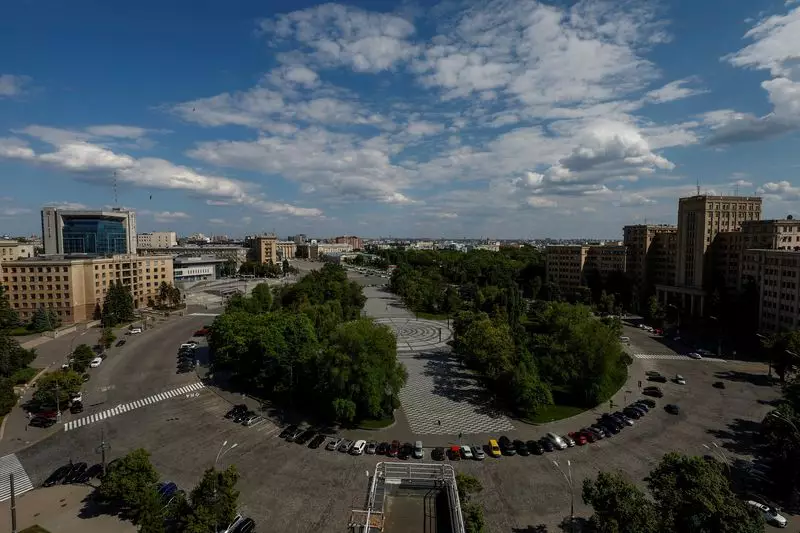Ukraine made an announcement on Monday regarding a preliminary agreement with a group of bondholders to restructure $19.7 billion in debt. This ad hoc group, which controls 22% of the bonds, has shown support for the deal. Additionally, investors holding an additional 3% of bonds have also indicated their approval. The next step involves bondholders voting to finalize and approve the agreement.
One of the crucial aspects of the deal is a 37% nominal haircut on Ukraine’s outstanding international bonds. This haircut would result in the country saving $11.4 billion in payments over the next three years. The agreement also involves the issuance of two series of bonds to replace the existing claims.
– The first series, constituting 40% of outstanding claims, would start paying interest next year and mature between 2029-2036, with amortization beginning in 2029.
– The second series, making up 23% of the outstanding claim, is designed to mature between 2030-2036 and would not pay interest until 2027. This series includes a contingent component, allowing for adjustments based on the economy’s performance.
The agreement outlines that bonds issued by the state agency Ukravtodor, responsible for road construction and maintenance, would receive the same treatment as sovereign bonds. However, there is no mention of how bonds issued by the power grid operator Ukrenergo would be treated in the deal.
In addition to restructuring the debt, the agreement would eliminate cross default clauses between the bonds and Ukraine’s $2.6 billion GDP warrants. This move aims to provide more clarity and security to investors involved in the debt restructuring process.
Overall, Ukraine’s agreement with bondholders marks a significant step towards managing and reducing its debt burden. With key points such as a substantial haircut, issuance of new bonds, and treatment of bonds issued by state-owned firms, the deal sets the stage for financial stability and recovery in the country. Bondholders will now have an important decision to make as they vote on the finalized restructuring agreement.

